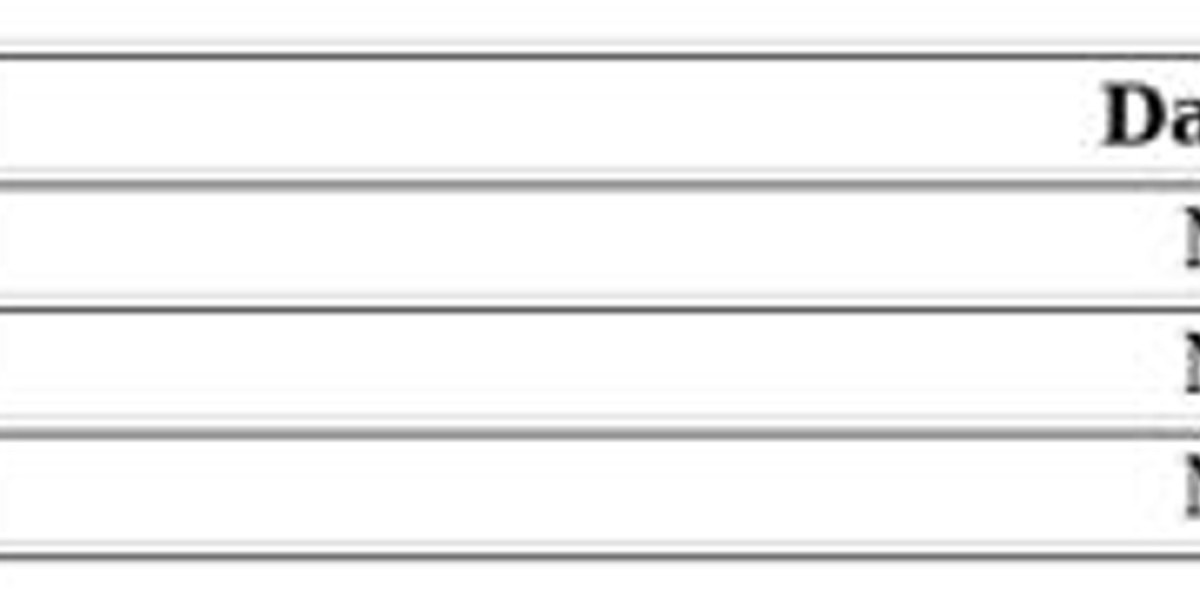The eye tracking market has evolved significantly over the last decade, playing a transformative role in how humans interact with machines. By capturing and analyzing eye movement patterns, eye tracking technology enables a range of innovative applications across healthcare, automotive, gaming, marketing, and research sectors. As industries increasingly demand insights into human attention, behavior, and intent, the eye tracking market is becoming more relevant than ever.

Eye tracking involves the process of measuring either the point of gaze or the motion of an eye relative to the head. The technology uses infrared light, cameras, and sophisticated algorithms to track eye movements and deliver real-time data. This data is crucial for developing intuitive user interfaces, understanding consumer behavior, and enhancing safety and accessibility in various environments.
Market Overview
The global eye tracking market is expected to experience substantial growth, driven by rising demand for assistive communication technologies, advancements in AR/VR systems, and growing applications in automotive driver monitoring systems. Additionally, the use of eye tracking in academic and psychological research, along with its increasing role in marketing and user experience studies, is expanding its commercial footprint.
According to market analysts, the eye tracking market is projected to grow at a compound annual growth rate (CAGR) of over 25% in the coming years. This growth is fueled by technological improvements in tracking accuracy, miniaturization of hardware, and integration with other sensor technologies.
Key Applications
Healthcare and Assistive Technologies
Eye tracking devices help individuals with motor disabilities communicate and interact with devices. It is widely used in diagnostic tools for conditions like autism, ADHD, and traumatic brain injury.Automotive Industry
Eye tracking is increasingly integrated into driver monitoring systems to detect drowsiness, distraction, and inattentiveness, enhancing road safety.Gaming and Virtual Reality
In VR and AR environments, eye tracking improves immersion by allowing gaze-based navigation, reducing latency, and enabling foveated rendering.Marketing and Consumer Research
Brands use eye tracking to analyze customer attention and behavior while interacting with products, websites, or advertisements, optimizing designs for engagement.Academic and Psychological Research
Eye tracking helps researchers understand cognitive load, decision-making processes, and reading patterns, offering precise and quantifiable data.
Technological Advancements
Innovations in the eye tracking market are centered around making the technology more compact, cost-effective, and accurate. Key developments include:
Remote Eye Tracking Systems: These do not require users to wear any device, offering more comfort and usability.
Wearable Eye Trackers: Integrated into glasses or headsets, these devices enable real-world data collection.
Eye Tracking in Smartphones and Laptops: Efforts are underway to embed eye tracking capabilities in consumer electronics for improved accessibility and UX.
Artificial intelligence and machine learning are also being integrated to better interpret gaze patterns and enhance predictive analytics based on eye behavior.
Market Drivers
Rising Demand for Contactless Interfaces: In the post-pandemic world, touch-free interactions are becoming more desirable, and eye tracking offers a viable solution.
Growth of AR/VR Applications: With AR and VR becoming mainstream, eye tracking is essential for creating natural and responsive immersive experiences.
Healthcare Needs for Non-Invasive Monitoring: Eye tracking provides non-intrusive ways to assess mental and neurological health.
Increased Focus on UX and Human-Centered Design: Businesses and developers are leveraging eye tracking to refine interfaces and user experiences based on real visual attention data.
Challenges in the Market
Despite its potential, the eye tracking market faces several hurdles:
High Cost of Equipment: Advanced eye tracking systems remain expensive, limiting adoption in small and medium businesses.
Complex Calibration and Sensitivity: Accurate tracking can be affected by lighting, user movement, and calibration errors.
Privacy Concerns: As eye movement can reveal sensitive personal information, ethical data handling and user consent are critical.
Regional Insights
North America: Leads the market due to strong R&D investment and early adoption of advanced technologies in healthcare and automotive sectors.
Europe: Growing use of eye tracking in research and industrial applications contributes to market expansion.
Asia-Pacific: Rapid digitalization and increasing focus on AI and IoT in countries like China, Japan, and South Korea drive growth.
Latin America and Middle East & Africa: These regions show potential for growth with rising healthcare technology investments.
Key Players in the Market
Major companies shaping the eye tracking market include:
Tobii AB
SR Research Ltd.
Smart Eye AB
Pupil Labs
EyeTech Digital Systems
Seeing Machines
iMotions A/S
Eyegaze Inc.
These players focus on strategic partnerships, product innovation, and expanding into emerging markets to maintain their competitive edge.
Future Outlook
The future of the eye tracking market is bright, with expanding use cases in sectors such as robotics, smart homes, education, and beyond. As the technology becomes more integrated with AI, cloud computing, and wearable tech, its ability to offer real-time human intent insights will revolutionize interaction models.
Expected future trends include:
Integration with AI-driven analytics
Wider adoption in retail and e-commerce
Increased use in remote education and e-learning tools
Standardization and ethical frameworks for data privacy
Conclusion
The eye tracking market is at the forefront of a technological revolution that bridges human cognition and digital interfaces. Its applications span critical industries and are unlocking new opportunities for personalized, efficient, and intuitive systems. With continued innovation and growing awareness of its potential, eye tracking is set to become a cornerstone of the next generation of human-machine interaction.







